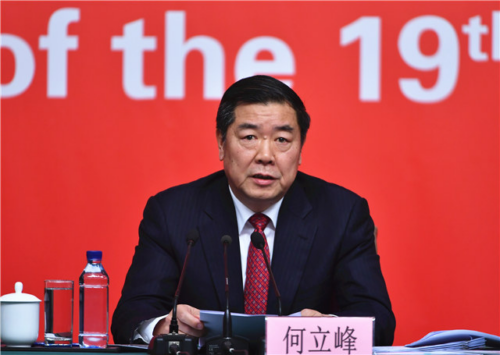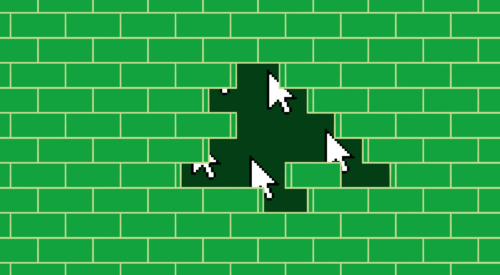Hong Kong Palace Museum opens with treasures loaned from Beijing
With more than 900 artifacts, the $450 million Hong Kong Palace Museum is a cultural milestone for the city. But it’s also part of Beijing’s efforts to foster a sense of national identity among locals.
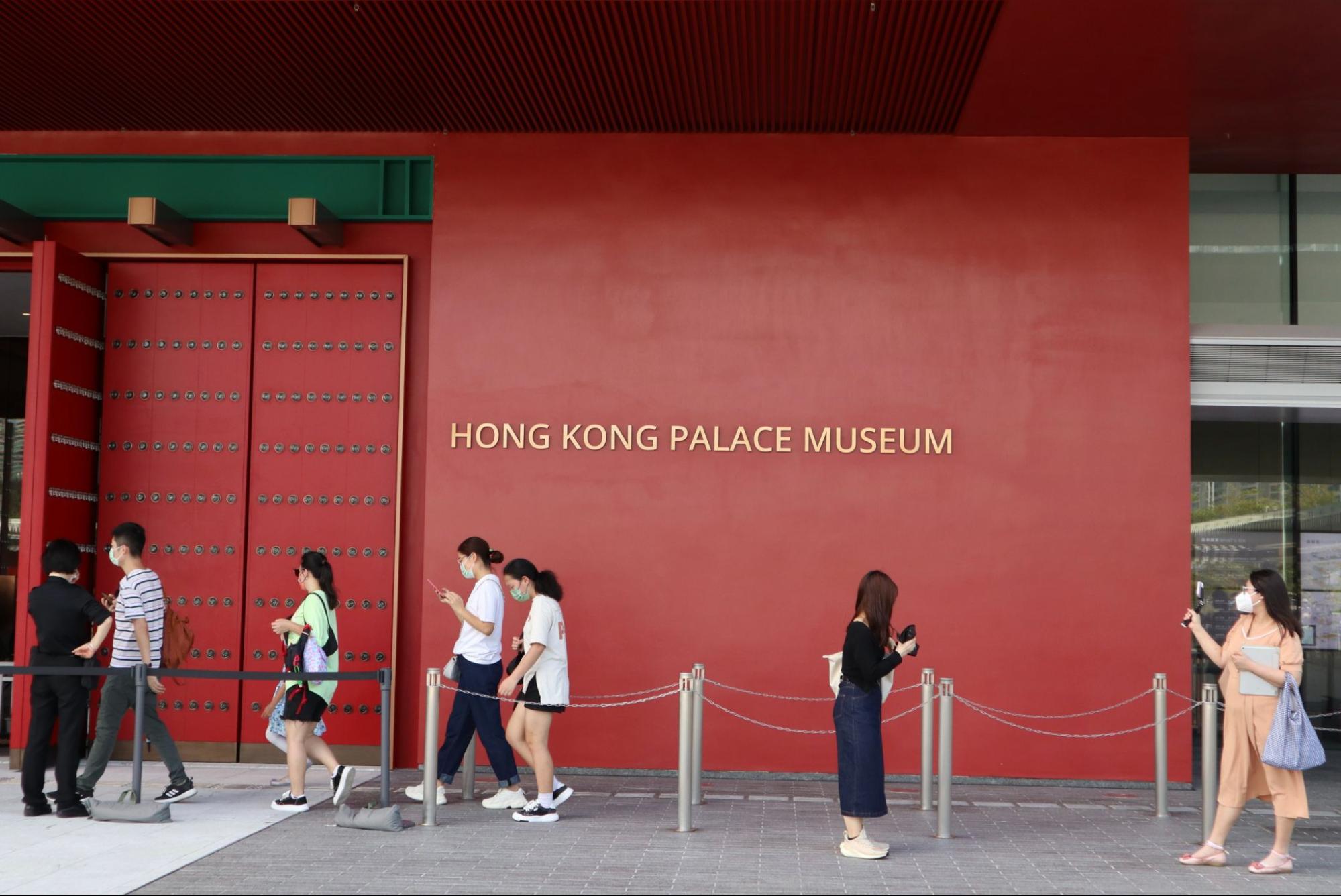
“This is so beautiful! I need to share the picture with my brother,” a woman marveled at a bejeweled golden stupa adorned with precious stones and pearls, which dated back to the Qing dynasty.
Hyped reactions to delicate artworks spanning 5,000 years could be heard everywhere in the Hong Kong Palace Museum (HKPM), which opened to the public on July 3 as a gift from Beijing to commemorate the 25th anniversary of the city’s handover from British to Chinese sovereignty.
Occupying a 13,000-square-meter space in the West Kowloon Cultural District overlooking Victoria Harbor, the museum flaunts nine galleries spreading across five floors. More than 900 artifacts loaned from the Beijing Palace Museum are on view, with 166 labeled as “grade one” and some for only a limited time of display due to environmental factors like light and humidity.
The scale and diversity of HKPM’s collections speaks volumes about its cultural and political significance to both Beijing and Hong Kong. The creation of HKPM took less than three years, from March 2019 to December 2021, which was half the time required for the completion of its neighboring institution M+, a contemporary art museum also located in West Kowloon Cultural District.
But HKPM is not without controversy. Criticism first emerged when Carrie Lam, then the city’s chief secretary, proposed a Hong Kong version of the original Palace Museum after a trip to Beijing in late 2016. Lam made the surprise announcement without consulting the public, and the construction bypassed the Legislative Council’s approval, as it’s fully funded by a HK$3.5 billion ($450 million) donation from the Hong Kong Jockey Club Charities Trust. In response to concerns about a lack of transparency, Lam publicly defended the project, saying it would be “embarrassing” if a public consultation resulted in opposition.
At the opening ceremony of HKPM, Lam said, “Hong Kong Palace Museum provides a platform for the visitors to appreciate China’s 5,000-year history and raise cultural confidence and national pride. The museum must bear the responsibility to facilitate Hong Kong people’s national identity.”
In 2017, a group of demonstrators from the now-defunct Hong Kong Alliance in Support of Patriotic Democratic Movements of China, a pro-democracy organization behind the annual June 4th vigil, gathered at a subway station to protest the project. But civil opposition proved to be futile in the end.
In the past few years, major changes have taken place in Hong Kong’s civil society, where pro-democracy activists are silenced and national security is emphasized. The oppression of dissidents has led to a change of attitudes among Hong Kong residents, at least on the surface: A recent poll found that Hong Kong people are becoming more positive toward Chinese national identity. More than half of the respondents said they believed in the central government and were optimistic about the future of Hong Kong.
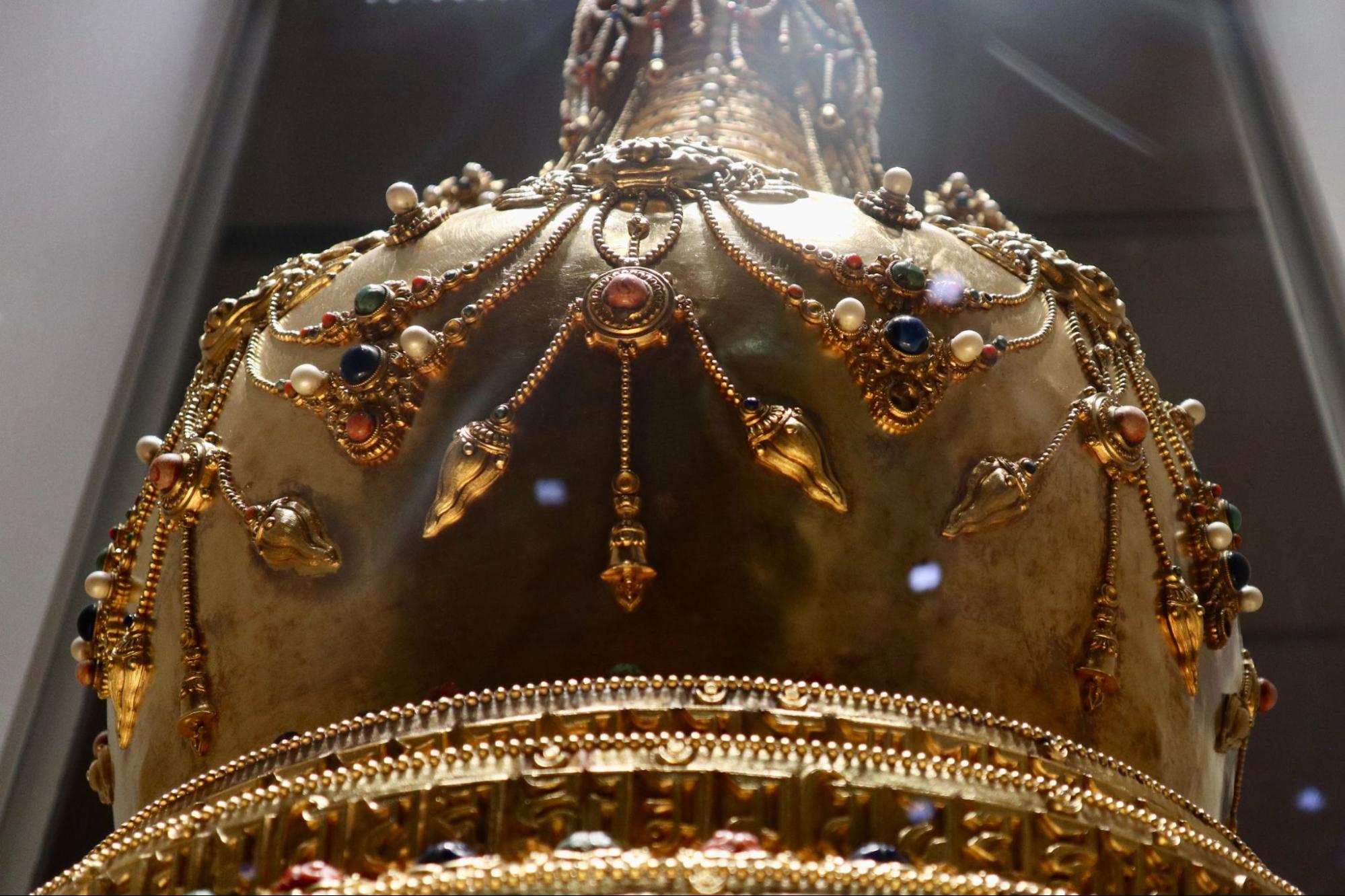
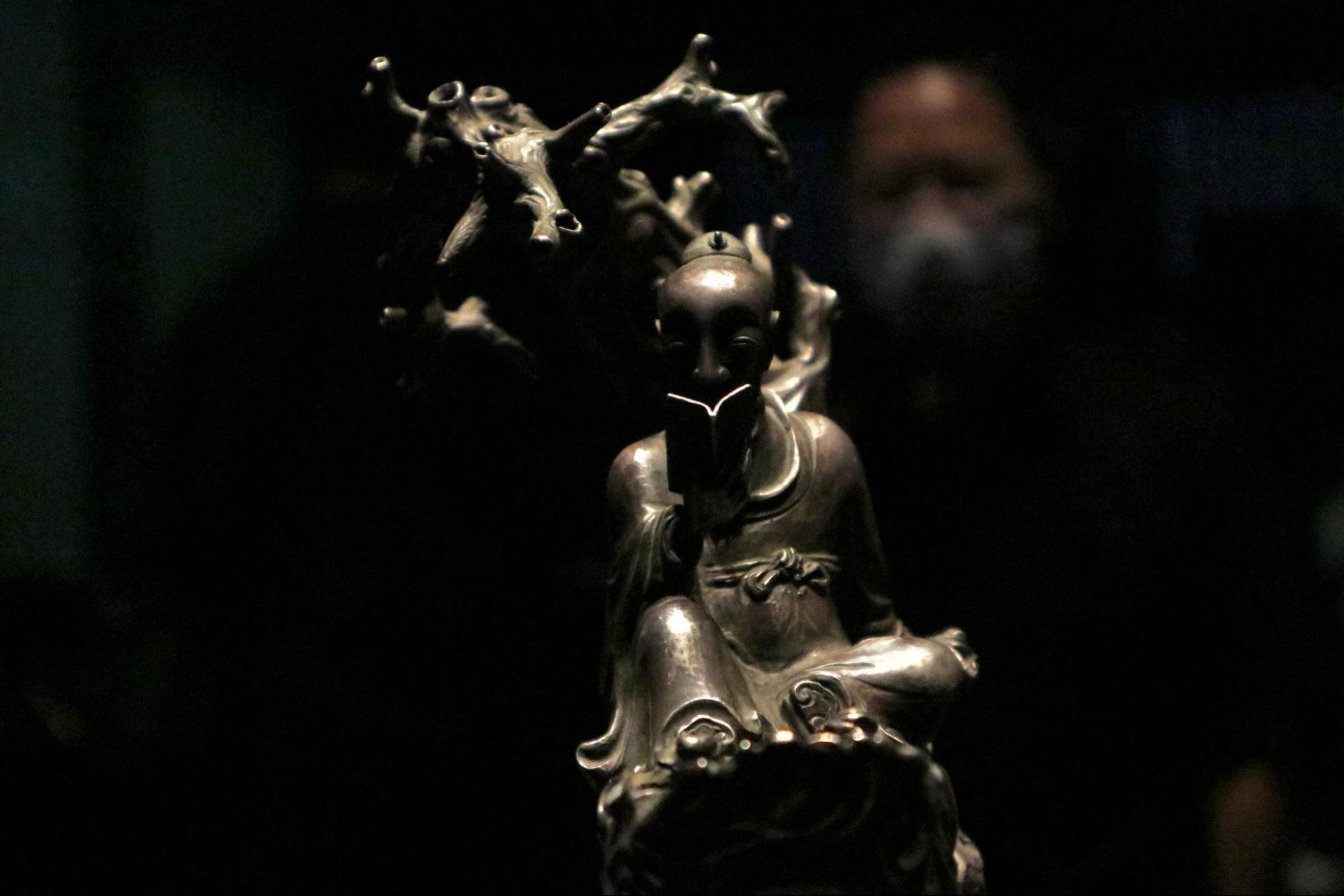
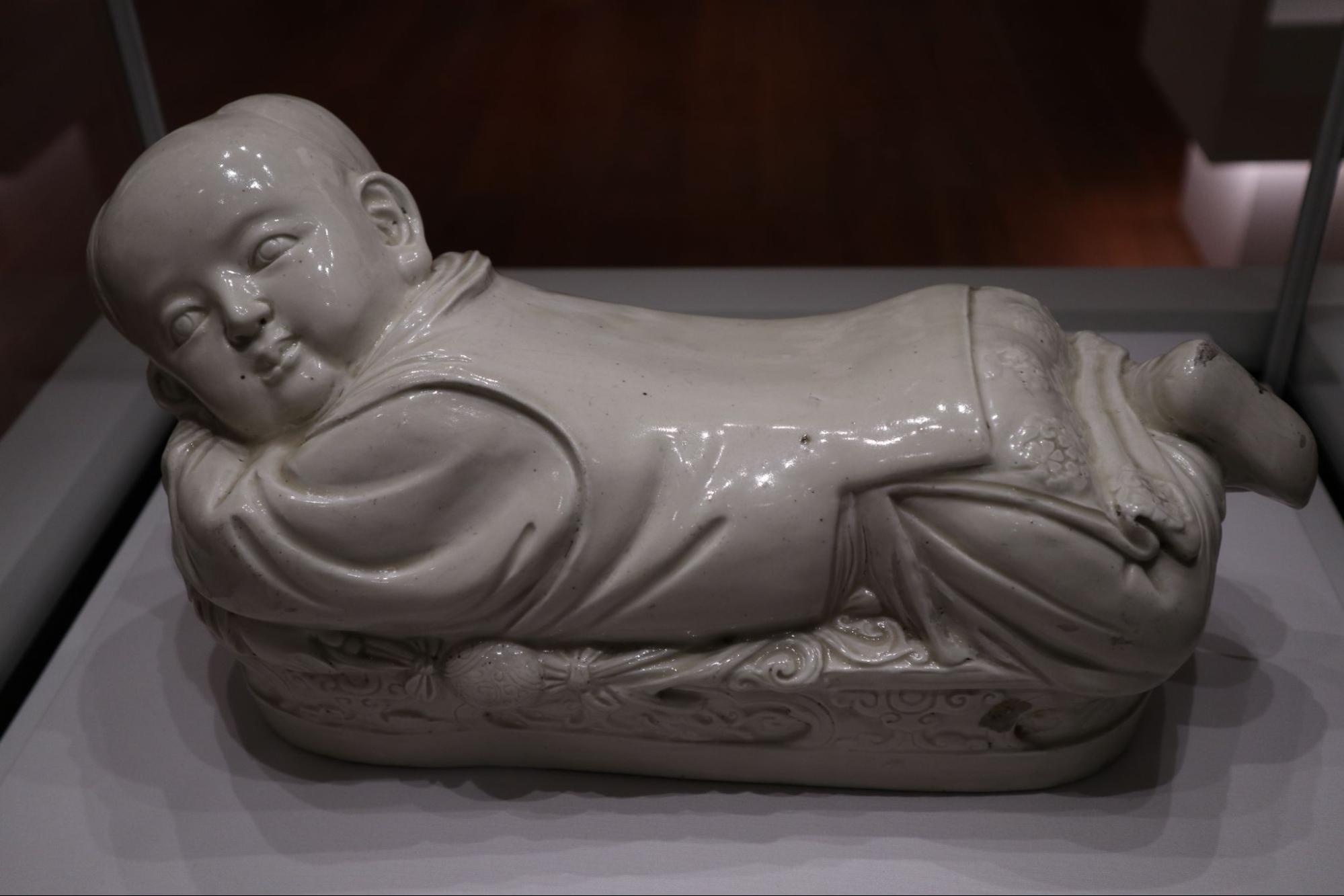
The Palace Museum in Beijing was established in 1925 and later opened to the public after China’s last emperor Pǔyí 溥儀 was expelled from the Forbidden City, home to the royal families during the Ming and Qing dynasties. The imperial collection includes abundant priceless relics from various periods of Chinese history, many of which revealing ancient emperors’ extravagant lifestyle and the legacy of Chinese civilization.
HKPM also features a collection of artistic calligraphy and lifelike paintings, with some demonstrating China’s connection to the rest of the world. Notable mentions in this category include European crafts like vanity mirrors and clocks that were introduced to China in the late Qing dynasty thanks to the advances of navigation.
“I am quite impressed by the plentiful collections, especially the fact that they covered different dynasties,” said Bobby (alias), a 24-year-old PhD student from the mainland. “The innovation is also good, as the exhibition combines the traditional with the contemporary.”
He was referring to interactive installations created by local artists who were invited by the museum to reimagine antiques with a modern spin. In one multimedia project, participants are invited to immerse themselves in a Qianlong Emperor’s dream about his lost empress while laying down on a couch, watching projections of relics from the emperor’s era floating in the room.
During a speech in June, Wáng Xùdōng 王旭东, the director of the Palace Museum in Beijing, described HKPM as “one of the windows for promoting Chinese culture and a platform to facilitate dialogue and exchange between different cultures in the world.” The idea comes to fruition in a special exhibition on “Art and Culture of the Horse,” which displays more than 100 horse-themed paintings, sculptures, and decorative art objects both from the Palace Museum and the Louvre in Paris.
“[Visiting HKPM] definitely helps my daughter understand our country more,” said Ms. Ng, a 35-year-old mother. “I told her that the Forbidden City was built because China was powerful at that time. I also introduced to her the history of Hong Kong and how we returned to the motherland as China is becoming powerful again.”
Another objective of HKPM is to boost the city’s tourism industry. However, as Hong Kong sticks to a “dynamic COVID-zero” strategy, requiring overseas travelers to undergo a mandatory quarantine that lasts at least a week, the museum’s ability to facilitate tourism is yet to be determined.
But for now, the new site is unquestionably one of the most popular destinations for locals. According to museum director Louis Ng (吳志華 Wú Zhìhuá), more than 70,000 tickets were sold or reserved even before the museum opened.
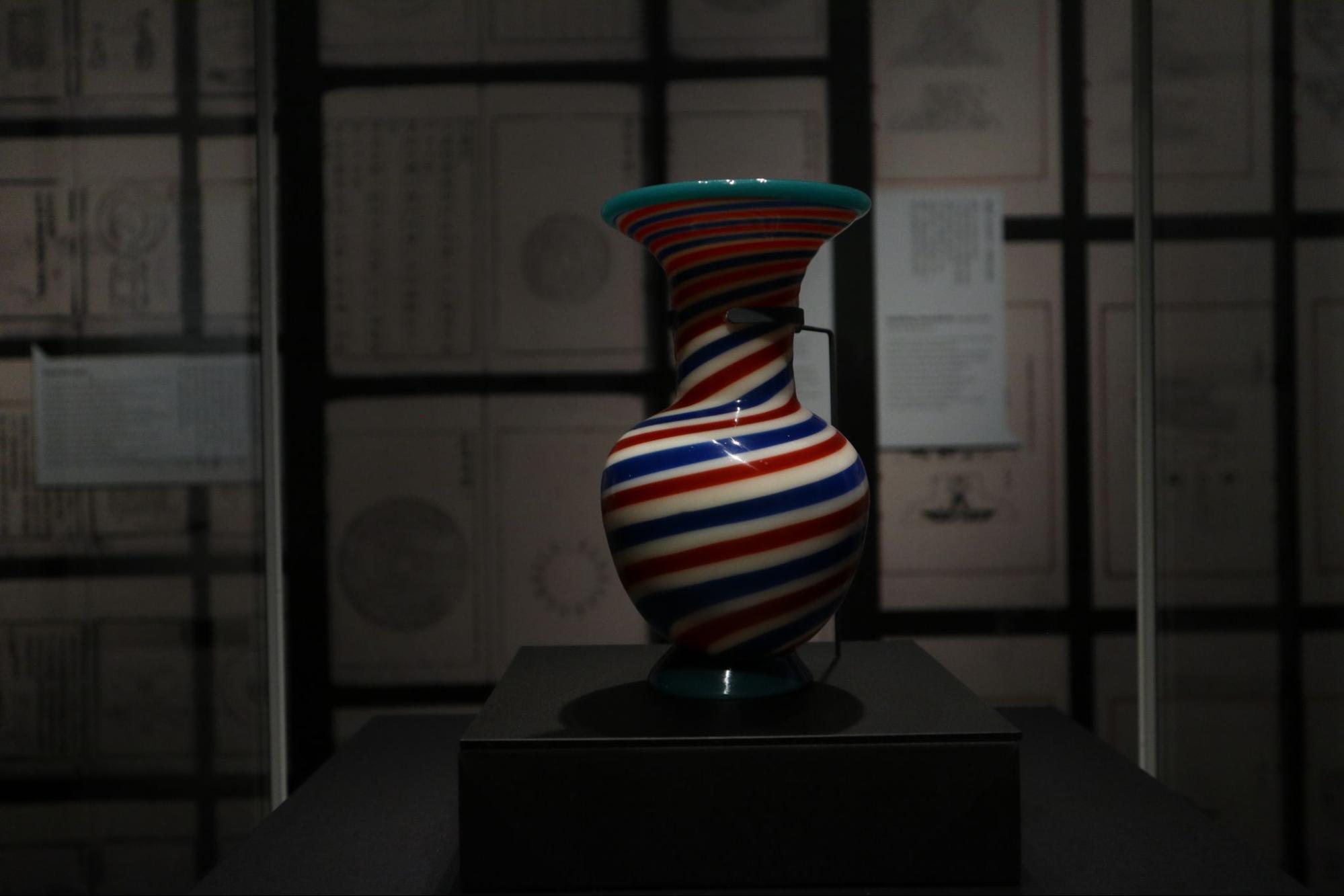
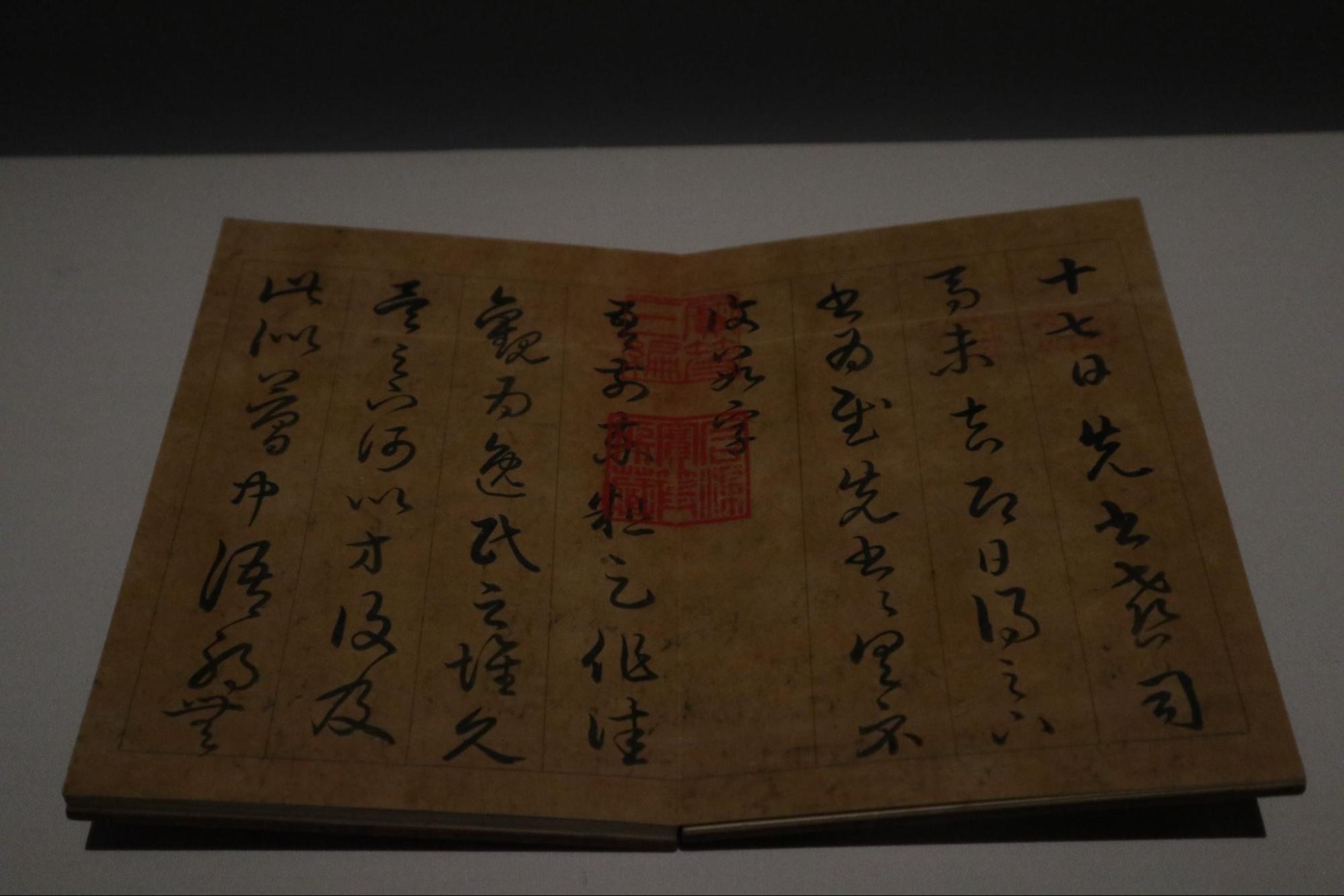
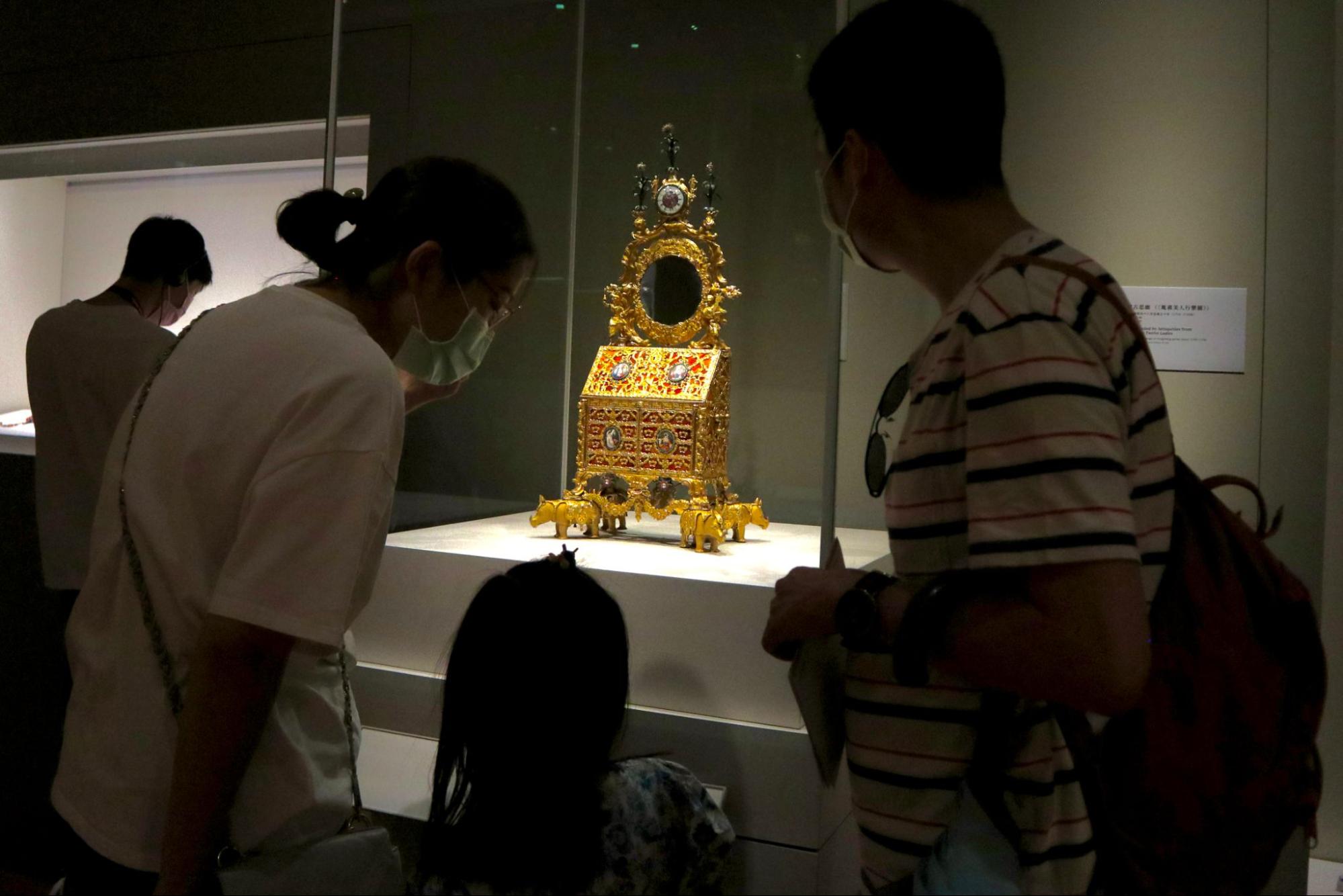

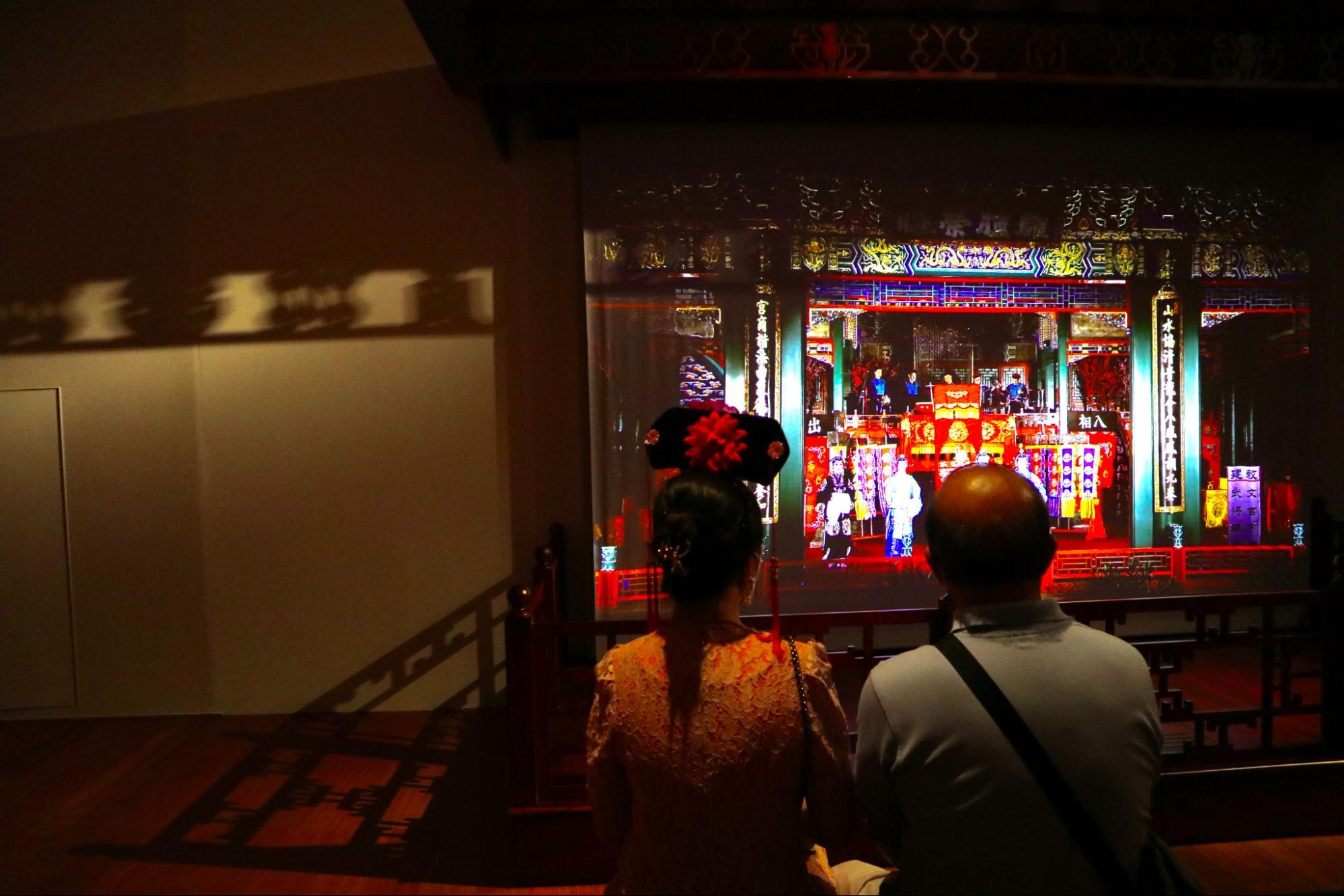
Hong Kong Palace Museum ticket price ranges from HKD$50 ($6) to HKD$120 ($15), with the latter including access to special exhibitions. For the first year, visitors are given free access to seven galleries every Wednesday.
